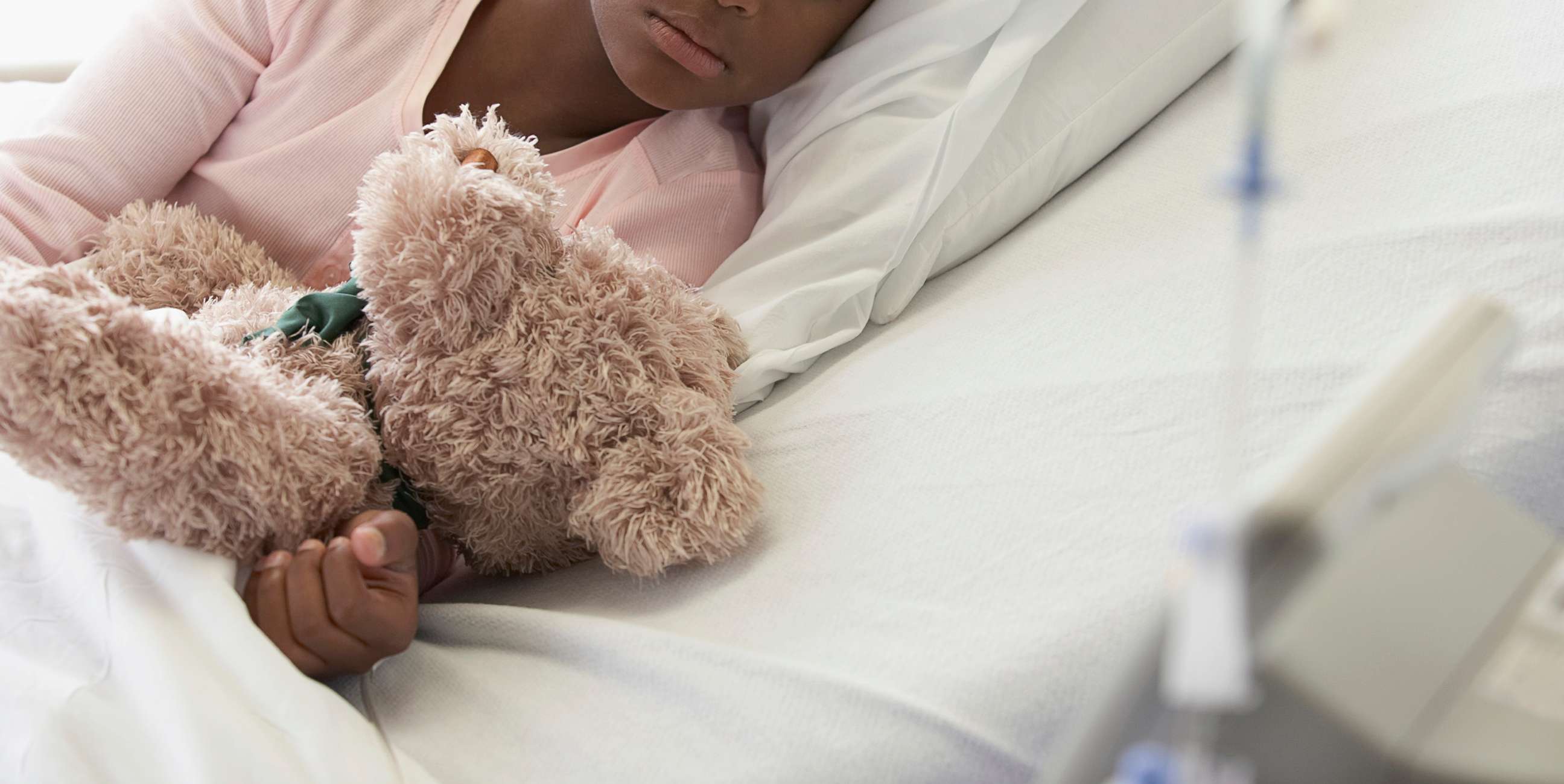Fatal surgeries among Black youth force researchers to examine medical bias
Black children are 3.4 times more likely to die within a month after surgery.
Researchers are pointing to an alarming medical study about fatal surgeries among Black youth, saying the data sheds light on why doctors and hospitals should to do more to confront their own biases.
The study, published in the journal Pediatrics, found that Black children are 3.4 times more likely to die within a month of surgery and 1.2 times more likely to develop postoperative complications after both elective and emergency surgeries, than white children.
The study, which examined data on 172,549 children who underwent surgery between 2012 and 2017, attributed some of the disparities to greater preoperative comorbidity burdens among Black patients, citing racial and structural inequalities.
Orthopedic operations and appendix removal were among the most common surgeries, according to the study. Researchers said there were few deaths overall, but disparities were undeniable: 23 Black children died within 30 days of surgery compared to 13 white children.
"Despite ongoing improvements in surgical care and apparent rarity of postsurgical mortality, racial and ethnic disparities in postoperative morbidity and mortality remain significant and persistent," researchers wrote. "Our overall aim was not just to highlight traditional, well-known race-stratified surgical outcomes but specifically to assess whether poor baseline health alone explains why AA children are more likely to die in surgical care."
Several past studies have shown that Black patients -- regardless of age -- are generally more likely to suffer postsurgical complications and die after surgery than their white peers, the study said, citing poverty and lack of health care as two possible explanations.

Olubukola Nafiu, the lead author of the study, said the results showed that healthy children generally had very low rates of death and complications after surgery. But Nafiu said it was surprising to see the vast differences in mortality rates and complications based only on race.
In the past, researchers hypothesized that Black patients tend to be sicker than their white peers, hence the higher mortality rates, but Nafiu's study specifically looked at young patients who were healthy ahead of both emergency and elective surgeries.
"So, what my team and I did was to flip the script a little bit by looking at a relatively healthy cohort of children," he said. "We didn't expect this, but even in this relatively healthy cohort of children, being African American was associated with higher mortality rates compared to being white."
The study doesn't explain the driving forces behind the disparities, but Nafiu said socioeconomic background, insurance status and hospital quality of care could all play a part.
"We know for sure that when it comes to African Americans, it tends to take a longer time for them to be seen by doctors and it takes a longer time for them to get referred," Nafiu said. "So you may have two who look relatively healthy on the day of surgery, but the duration of the disease, and how long it took them to get to the surgeon maybe will be very different."
The rate at which patients return home after surgery also has "important implications in the overall recovery process," he added.
Black patients are much more likely to receive care at low performing or inner city hospitals, according to the study, but researchers said that may not be the driving force behind the discrepancy. The hospitals examined in the study were all part of the National Surgical Quality Improvement Program, which indicates that they had the resources necessary to make quality improvement a priority, Nafiu said.
Growing evidence suggests that implicit bias might play a role in how well patients are likely to fare in the medical system, with minority patients more likely to do better when they are treated by doctors who look like them.
The alarming study comes as some of the country's most prominent medical organizations mull policy and practice changes amid pressure from civil rights advocates who have complained about systemic racism within the medical field.
Last month, the American Academy of Pediatrics formally apologized for past racism toward its first Black members: Dr. Alonzo deGrate Smith and Dr. Roland Boyd Scott. The doctors were admitted to the AAP in 1945, six years after their initial applications were rejected based on race.

"This apology is long overdue," AAP's president, Sally Goza, said in a statement. "We have accomplished a lot of good things for children. But we must also acknowledge where we have failed to live up to our ideals. That is the only way we can work together to build a better future."
In a policy statement titled "Truth, Reconciliation, and Transformation: Continuing on the Path to Equity," the organization revealed decades-old transcripts from executive board meetings, where officials "lay bare some of the racist attitudes and beliefs of early AAP leaders," the organization said.
"In the United States there is a tendency to be ahistorical when it comes to race," the organization wrote in the statement. "The lack of acknowledgment, or worse, the intentional whitewashing of history and the longitudinal relationship of 400 years of oppression on the present-day expression of racism is not uncommon."
Nafiu said he hopes to see more medical organizations and institutions acknowledge previous acts of bias and offer to correct them. To promote fairness, more medical organizations have been encouraging providers to take implicit bias exams. Still, Nafiu said, more needs to be done to investigate how the dynamics of physician-patient relationships and subsequent care might be impacted by bias.
Overall, he said the study exposes leaks in the pipeline of doctors, and notes the unequal representation between doctors and patients. Black people account for about 13% of the U.S. population, but only 4% of the country's doctors are Black, according the Association of American Medical Colleges.
"It's at the forefront now, in terms of organizations talking about implicit bias and how to address [it]," Nafiu said. "So, we're trying to mend some of those cultural gaps and help professionals understand how cultural differences can inform their perceptions."




